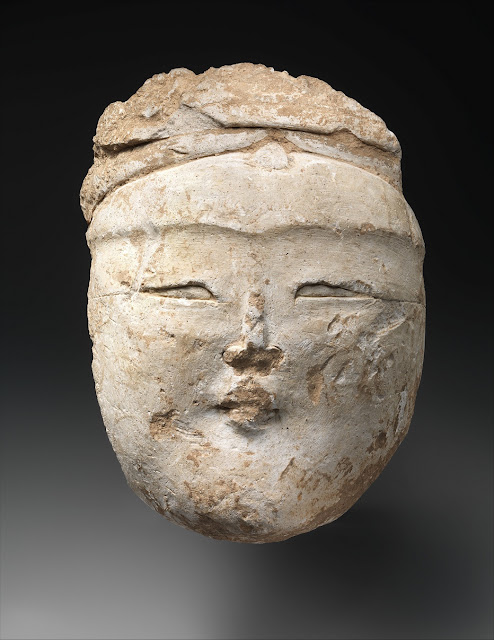Opening April 27 (and running until July 24, 2016) at New York’s Metropolitan Museum of Art, the landmark international loan exhibition Court and Cosmos: The Great Age of the Seljuqs features spectacular works of art created in the 11th through 13th century from Turkmenistan to the Mediterranean.

One of the most productive periods in the history of the region from Iran to Anatolia (in modern Turkey) corresponds to the rule of the Seljuqs and their immediate successors, from 1038 to 1307.
The Seljuqs were a Turkic dynasty of Central Asian nomadic origin that established a vast, but decentralized and relatively short-lived, empire in West Asia (present-day Turkmenistan, Iran, Iraq, Syria, and Turkey).

Approximately 270 objects—including ceramics, glass, stucco, works on paper, woodwork, textiles, and metalwork—from American, European, and Middle Eastern public and private collections are shown. Many of the institutions have never lent works from their collections before. Among the highlights are a dozen important loans from Turkmenistan—the exhibition marks the first time that Turkmenistan as an independent country has permitted an extended loan of a group of historical objects to a museum in the United States.

Furthermore, a number of artists had immigrated to the region from Iran in response to the Mongol conquest in 1220. Because patrons, consumers, and artists came from diverse cultural, religious, and artistic backgrounds, distinctive arts were produced and flourished in the western parts of the Seljuq realm.

Arranged thematically, the exhibition opens with a display of artifacts that name the Seljuq sultans and members of the ruling elite. In Central Asia and Iran, inscriptions appeared on coins and architecture. Stucco reliefs representing royal guards, amirs, and courtiers serve to evoke the courts of the Great Seljuq rulers whose names did not appear on objects.
In Anatolia, Syria, and the Jazira, names of Seljuq successor rulers and images appeared on a range of objects. Here, the famous 12th-century cloisonné dish bearing the name of Rukn al-Dawla Dawud, a leader of the Artuqids, is featured.

The earliest extant manuscript of the Shahnama (Book of Kings)—the Persian national epic—created in Anatolia in 1217 is a highlight of this section. Additionally, the remarkable Blacas ewer, with its myriad details of life connected to the court, is prominently exhibited.

Also noteworthy is an early Islamic astrolabe. (Among the many things that could be determined by means of this complex navigational instrument was the direction of Mecca, and hence the direction of prayer.) Also on view is an intricate pharmacy box with separate compartments for musk, camphor, and other ingredients typical of the medieval pharmacopoeia.

The exquisite Vaso Vescovali—a lidded bowl engraved and inlaid with silver and decorated with complex astrological imagery—features eight personifications of planets on the lid along with the 12 signs of the zodiac and their associated planets on the base, within a profusion of other ornamentation.
The Seljuqs actively promoted Sunni Islam throughout their territory, building madrasas and mosques, and sponsoring the production of Qur’ans and other religious texts. A number of rare and beautifully ornamented examples of the book arts from the time of the Seljuqs are on view. In Syria, the Jazira, and Anatolia—where the majority of the local population, including some of the ruling elite, was Christian—artifacts bearing Christian iconography continued to be made. And a ritual vessel from Georgia, with a Hebrew inscription, attests to the presence of Jewish populations as well. The same artists often served various religious communities. Hence, the styles and artistic traditions of one group merged with those of another.
The sixth and final section of the exhibition focuses on the funerary arts. A variety of tomb markers, cenotaphs, funerary furniture, and patterned textiles discovered in Seljuq tombs are shown. In a proper Muslim burial, the deceased is wrapped in two or three sheets of plain white cloth; the presence of expensive textiles in a funerary context indicates that popular customs and official practice differed significantly.
The exhibition is made possible by the NoRuz at The Met Fund and the Iranian-American Community.
Source: Metropolitan Museum, New York [April 30, 2016]